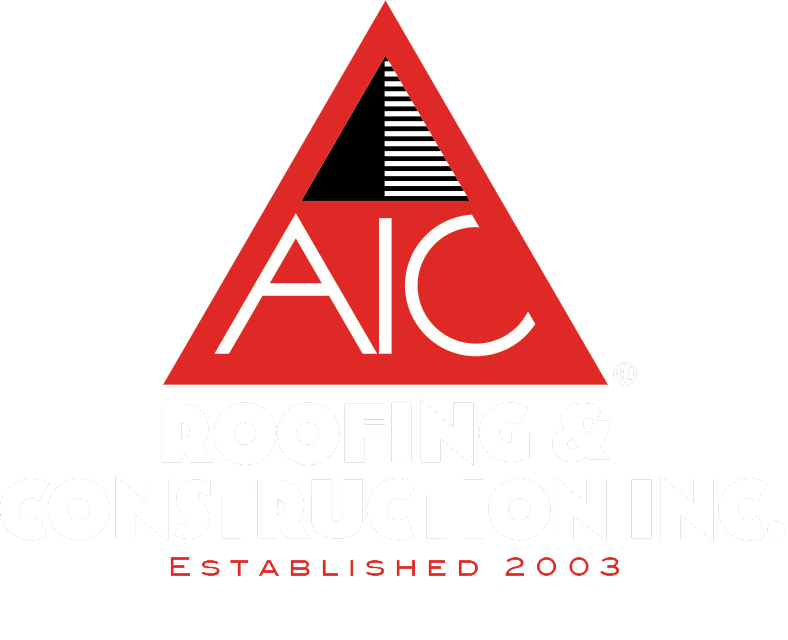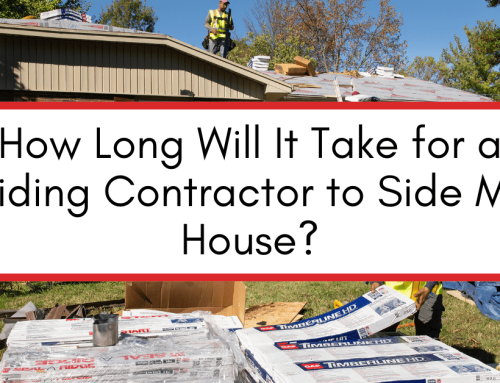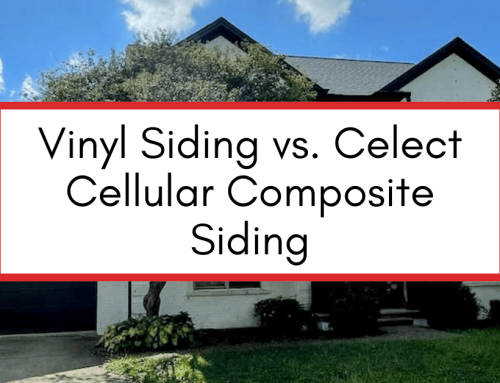Barn siding is an essential component of any barn structure, as it plays a crucial role in protecting the building and enhancing its appearance. Over time, however, siding can deteriorate due to various factors. Knowing when to replace your barn siding is essential to maintaining the integrity of your barn and ensuring its longevity.
In this article, we will discuss the importance of barn siding, signs that indicate replacement is needed, the lifespan of different siding materials, and factors that influence the frequency of siding replacement.
Understanding the Importance of Barn Siding
The siding on your barn serves as a protective barrier against the elements. It shields the structure from rain, wind, snow, and other weather conditions that can cause damage over time. Additionally, barn siding helps regulate the interior temperature by insulating the building, ensuring a comfortable environment for your livestock or stored items.
When it comes to protecting your barn, the role of siding cannot be overstated. One of its primary functions is to shield the structure from moisture. Rain and snow can infiltrate the building if the siding is damaged or improperly installed, leading to rot, mold, and structural issues. Without proper siding, your barn could be at risk of significant damage, compromising its structural integrity.
Not only does siding protect against moisture, but it also helps prevent pests and rodents from entering the barn. These unwanted visitors can cause havoc by damaging stored items or endangering livestock. By choosing the right siding material and ensuring proper installation, you can create a barrier that keeps pests at bay, ensuring the safety and well-being of your barn and its contents.
The Role of Siding in Protecting Your Barn
With the right siding, you can also protect your barn from the damaging effects of UV rays. Over time, prolonged exposure to the sun’s rays can cause fading and deterioration of the building’s exterior. By choosing siding materials that are resistant to UV damage, you can ensure that your barn maintains its aesthetic appeal and structural integrity for years to come.
Siding also plays a crucial role in maintaining the temperature inside the barn. Insulated siding helps regulate the interior climate, keeping it cooler in the summer and warmer in the winter. This is especially important for barns that house livestock or store temperature-sensitive items. By providing a comfortable environment, barn siding contributes to the overall well-being and productivity of the animals or the preservation of your stored goods.
How Siding Affects the Aesthetics of Your Barn
Beyond its protective qualities, siding also significantly impacts the overall appearance of your barn. A well-maintained and visually appealing barn can enhance the curb appeal of your property, adding value and charm. Siding options come in various colors, styles, and textures, allowing you to customize the look of your barn to suit your preferences.
Choosing the right siding can help you achieve the desired aesthetic for your barn. Whether you prefer a rustic, traditional look or a more modern and sleek design, there is a wide range of siding materials and finishes available to meet your needs.
Signs Your Barn Siding Needs Replacement
While barn siding is built to withstand the elements, it will eventually wear out over time. Here are some signs that indicate your barn siding may need replacement:
· Physical Damage to the Siding: Cracks, splits, or holes in the siding can compromise its integrity and expose the interior of your barn to moisture, pests, and other unwanted elements. If you notice any visible signs of physical damage, such as large cracks that have developed over time or holes caused by impact, it’s important to address them promptly to prevent further deterioration. Additionally, keep an eye out for signs of wear and tear that may not be immediately obvious. For example, small cracks or splintering along the edges of the siding can indicate that it is becoming brittle and more prone to damage. These subtle signs should not be ignored, as they can be early indicators of larger issues.
· Aging and Weather-Related Wear: As barn siding ages, it becomes more susceptible to the effects of weather conditions. Constant exposure to sunlight, rain, and extreme temperatures can cause fading, warping, or peeling of the siding material. Over time, the protective coatings on the siding may wear off, leaving it vulnerable to moisture penetration and accelerated deterioration. Keep an eye out for signs of weather-related wear, such as significant color fading, visible warping or buckling of the siding, or areas where the protective coating has completely worn away. These signs indicate that the siding is no longer providing adequate protection for your barn and should be replaced.
· Insect or Pest Damage: Insects and pests, such as termites or carpenter ants, can wreak havoc on barn siding, particularly if it is made of wood. These pests can burrow into the siding, causing structural damage and compromising its integrity. If you notice any signs of pest infestation, such as small holes or tunnels in the wood, sawdust piles near the siding, or the presence of live insects, it’s crucial to address the issue promptly to prevent further deterioration and potential damage to the barn’s structure. Keep in mind that certain types of wood are more susceptible to insect damage than others. For example, cedar siding is known for its natural resistance to pests, while pine siding may be more vulnerable. Regular inspections and preventative measures, such as treating the siding with insect repellents or using pressure-treated wood, can help mitigate the risk of pest damage.
By paying attention to these signs of deterioration, you can ensure the longevity and structural integrity of your barn. Regular inspections, maintenance, and timely replacement of worn-out siding will help protect your barn from the elements and preserve its functionality for years to come.
Factors Influencing the Frequency of Siding Replacement
Siding that is well maintained typically lasts for 20-30 years, and even longer depending on the material. Several factors can influence how often you should replace the siding on your barn:
· Climate and Weather Conditions: Barns located in areas with harsh climates or extreme weather conditions may require more frequent siding replacements. High humidity, heavy rainfall, or prolonged sun exposure can accelerate the deterioration of siding materials.
· Quality of Installation: The quality of the original siding installation can impact its lifespan and the frequency of replacement. Proper installation techniques, including adequate insulation and ventilation, can help prolong the longevity of your barn siding.
· Maintenance Practices: Maintaining your barn siding regularly can significantly extend its lifespan. Cleaning debris, removing algae or mold, and promptly addressing any signs of damage can prevent further deterioration and the need for premature replacement.
Replacing the siding on your barn is an important aspect of barn maintenance and preservation. Understanding the significance of barn siding, recognizing signs that indicate replacement is needed, knowing the lifespan of different siding materials, and considering factors that influence replacement frequency will help you make informed decisions regarding your barn’s siding.
Next Steps: Replacing the Siding on Your Barn
The siding on your barn plays a crucial role in protecting your animals and the integrity of the structure. If you’re ready to explore siding options and pricing for your barn, contact us today! AIC Roofing and Construction has served property and homeowners in Central Kentucky since 2003. We are in the top 2% of roofing contractors in North America to obtain the GAF MasterElite certification.
3-tab attics barns chimney choosing a contractor commercial cost curb appeal DIY estimate financing flashing flat roof GAF glossary gutter replacement gutters gutter size gutter system ice dams inspections insurance missing shingles roof design roofing materials roofing system roof leak roof maintenance roof materials roof repair roof replacement roof shapes roof types shingle ratings shingles siding siding materials siding replacement skylights storm damage underlayment ventilation warranty winter







